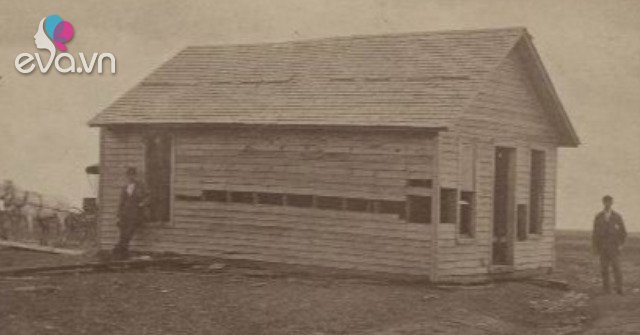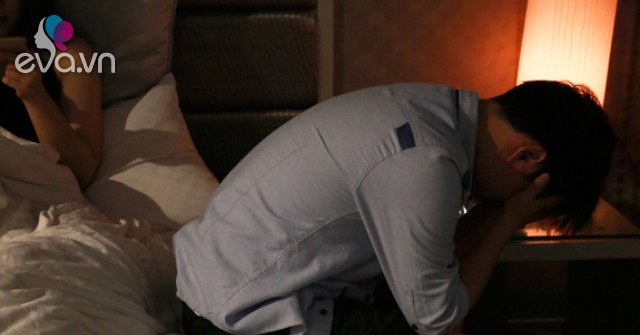ScotlandThe Medieval man buried with 13 other remains was not with his family, said to be all well-connected and of high social status.

The reconstructed face of the man from Loch Lomond to Cramond and died in the 6th century. Photo: University of Aberdeen
Archaeologists take a closer look at the remains of a man buried with five children and eight other adults in the Roman fortress at Cramond, near Edinburgh, Scotland. The remains are located in a latrine used by the Romans during their occupation of Scotland centuries ago. New research published in the journal Archaeological and Anthropological Sciences on March 24.
These 14 remains were first discovered in 1975. At that time, scientists thought they lived in the 14th century, perhaps victims of the Black Death pandemic. However, modern carbon dating shows that they lived in the 6th century. This was a tumultuous and mysterious time in British history.
Dental isotope analysis provides a wealth of useful information about these people’s past lives, including their diet and geographic origin.
“The food and water that a person consumes leaves a special imprint on the body, from which it can be traced to its origin, diet and places it has been. Enamel, especially from the teeth that grow. between the ages of 3 and 6, it’s like a ‘timebox’ that stores chemical information about where a person grew up,” said Professor Kate Britton, research team member and archaeologist at the University of Aberdeen. .
Previously, experts had identified the man and those buried in the Roman fortress at Cramond as one family. However, the new analysis shows that of these six people were born and raised in Cramond and one woman from the West Coast.
The man did not belong to the same family, but grew up in Loch Lomond, then traveled to Cramond, which was once an important political center for well-connected individuals during Scotland’s turbulent times . This person was reconstructed by scientists and called “medieval wanderer”.
New research shows that migration in Scotland in the early Middle Ages was much more common than many experts thought. “It is generally assumed that travel during this period would have been restricted because there were no roads like ours today and because of political problems. Results of analysis of the Cramond group of remains and burial sites Other records from the early Middle Ages in Scotland suggest that it is not unusual for burial sites to be far from where they were raised,” said Dr Orsolya Czére, lead author of the study.
“Previous studies have shown that people buried here have high social status, even aristocratic status. Our new analysis shows that they are well-sociable people and have traveled a lot. “, added Czére.
This migration may have led to new cultural developments, gene exchange and even intense social conflicts. Some people buried in latrines are likely to suffer a gruesome death. Scientists found traces of what appeared to be a woman and a child being hit hard on the head with a blunt object, possibly the tip of a spear.
Thu Thao (According to IFL Science)
at Blogtuan.info – Source: vnexpress.net – Read the original article here



